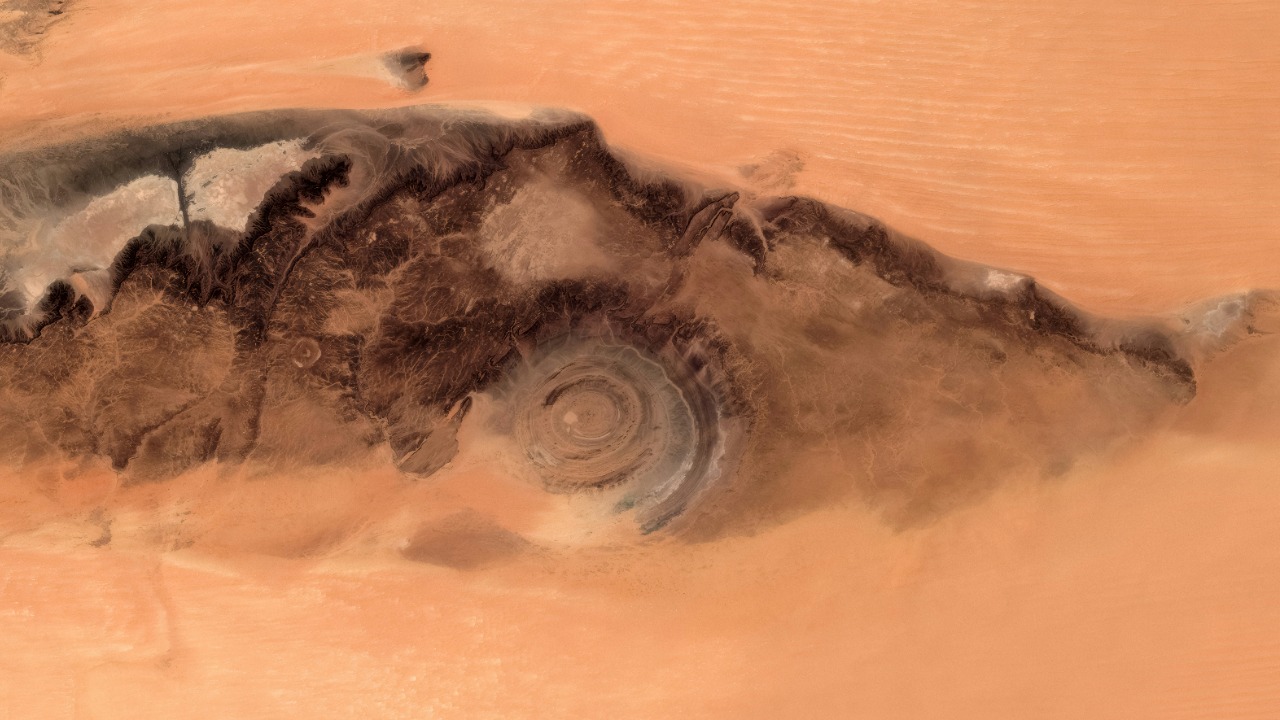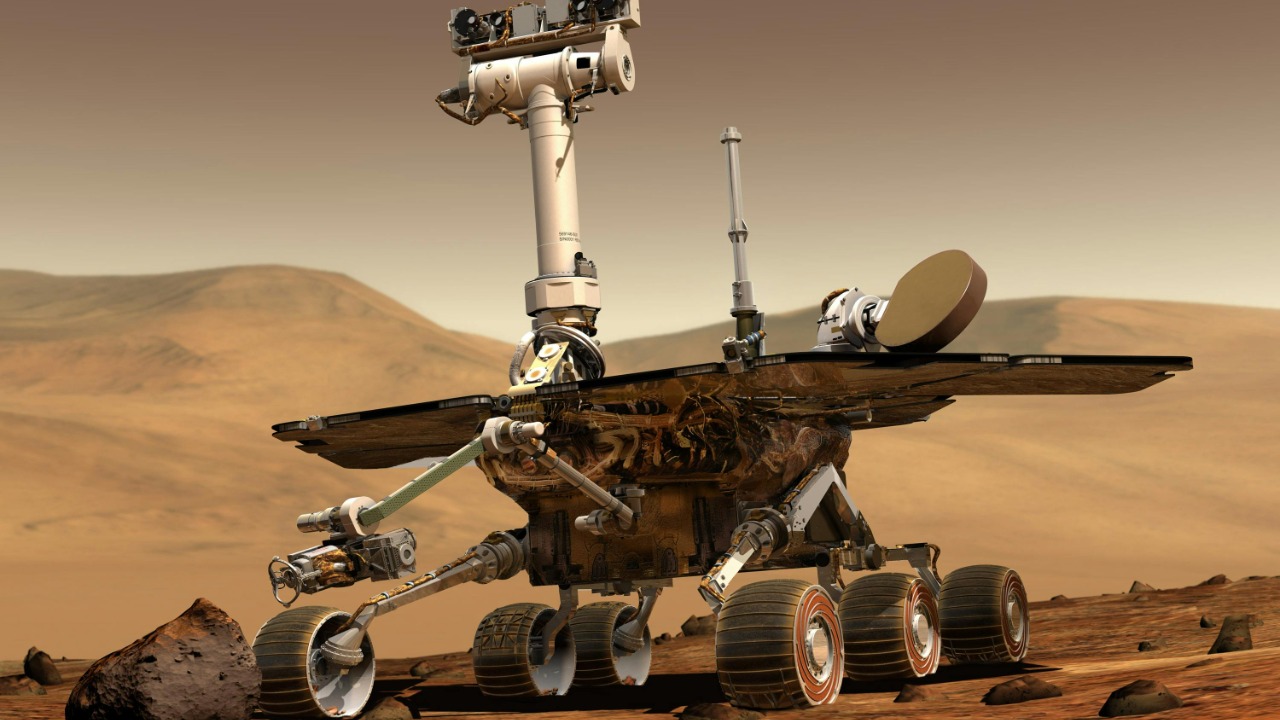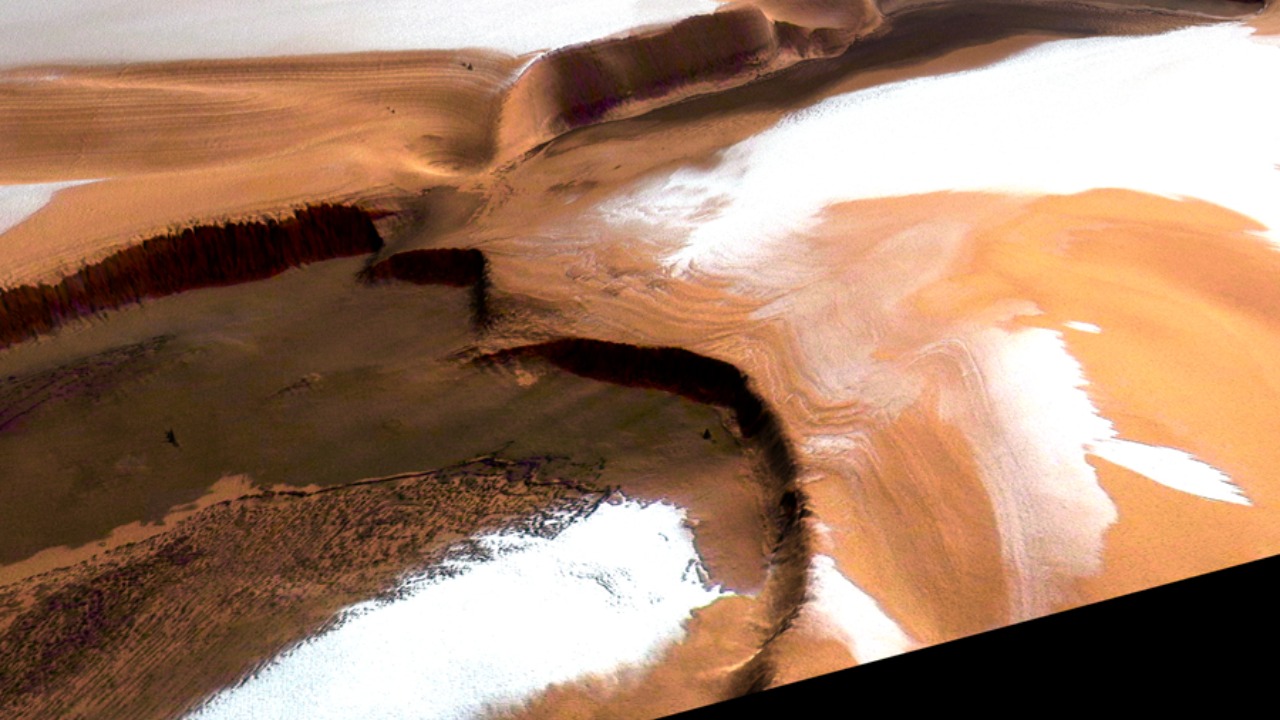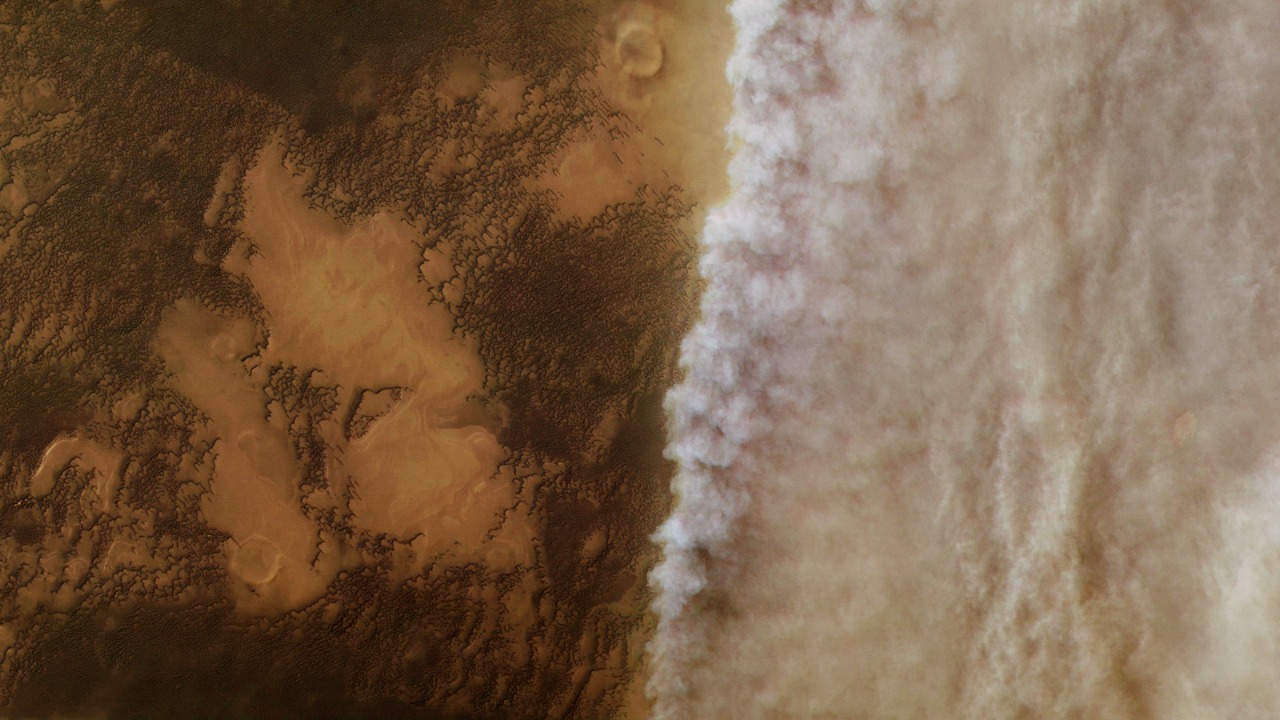
Recent discoveries have unveiled enormous structures beneath the Martian surface, intriguing scientists and space enthusiasts alike. These subterranean formations raise questions about Mars’ geological history and potential for past life, sparking a new wave of exploration and study.
Mystery of the Martian Underworld

The recent detection of giant structures beneath the Martian surface has been nothing short of revolutionary. Scientists utilized advanced ground-penetrating radar technology aboard the Mars Reconnaissance Orbiter to identify these structures. This method, which involves sending radar waves deep into the Martian crust and analyzing the returning signals, has been crucial in revealing formations that were previously hidden. The initial reaction from the scientific community was one of excitement and intrigue; these findings could potentially reshape our understanding of Mars.
In comparison to Earth, the Martian structures bear both striking resemblances and intriguing differences to known terrestrial formations. For example, some of the Martian formations resemble large underground lava tubes, similar to those found in volcanic regions on Earth like Hawaii. However, the sheer scale and distribution of these structures on Mars suggest unique geological processes at play. These differences imply that Mars might have experienced a distinct form of tectonic or volcanic activity, possibly influenced by its lower gravity and lack of plate tectonics.
Implications for Martian Geology

These subterranean structures offer new insights into Mars’ geological history, particularly its tectonic activity. The presence of such large formations could suggest that Mars once experienced significant tectonic forces, possibly driven by volcanic activity. This challenges existing theories that depict Mars as largely geologically inactive for the past few billion years. Instead, these structures might indicate a more dynamic past, with prolonged periods of geological activity.
Furthermore, the possibility that these structures could have housed water in the past is tantalizing. Some scientists speculate that the formations may be remnants of ancient river systems or underground lakes, which could have provided a habitat for microbial life. If confirmed, this would have profound implications for the ongoing search for life on Mars. The prospect of discovering signs of past or even present life within these structures adds a new dimension to our exploration efforts and fuels the hope that life beyond Earth is possible. For more detailed scientific insights, you can read the study on CiteseerX.
Technological Advances in Martian Exploration

The discovery of these Martian structures is a testament to the advancements in remote sensing technology. The Mars Reconnaissance Orbiter’s sophisticated radar systems have set a new benchmark in planetary exploration, allowing scientists to peer beneath the surface of Mars with unprecedented clarity. These technological innovations are the result of years of research and development, often involving collaborations between international space agencies and academic institutions. This global effort underscores the importance of collaboration in space exploration, pooling resources and expertise to achieve groundbreaking discoveries.
Looking ahead, future missions are already being planned to investigate these structures further. NASA and other space agencies are considering deploying more sophisticated landers and rovers equipped with drilling capabilities to sample the underground material directly. These missions will face significant challenges, from navigating the harsh Martian environment to ensuring the reliability of complex equipment. However, the potential rewards—new insights into Mars’ geological history and the possibility of discovering life—make these efforts worthwhile. For more information on future missions, visit CNBCTV18.
Exciting Theories and Speculations

As scientists delve deeper into the origins of these Martian structures, several intriguing hypotheses have emerged. One leading theory suggests that the formations were created by a combination of volcanic and tectonic activity, possibly involving interactions with subsurface ice. Another hypothesis posits that they could be the result of ancient meteorite impacts, which may have fractured the crust and created vast underground caverns. These theories are supported by various lines of evidence, including the geological context and the distribution of similar features across Mars.
Beyond the scientific realm, these discoveries have captured the public’s imagination, inspiring a flurry of speculation and creativity. From science fiction novels to blockbuster movies, the idea of hidden worlds beneath the Martian surface has become a popular theme. This fascination reflects humanity’s enduring curiosity about the unknown and our desire to explore and understand the universe. The media plays a crucial role in shaping this public perception, often highlighting the most exciting aspects of space exploration and sparking discussions about humanity’s future among the stars. For a perspective on how these discoveries influence popular culture, see Indy100.
Challenges and Opportunities Ahead

The exploration of these Martian structures presents both technical and logistical challenges. Studying the formations up-close will require sophisticated technology capable of drilling and analyzing samples in situ, all while operating in a harsh and unpredictable environment. Transporting such equipment to Mars is a monumental task, requiring precise planning and coordination. Moreover, ensuring the reliability of these systems over extended periods on the Martian surface is a significant engineering challenge.
There are also scientific and ethical considerations to take into account. The potential discovery of life on Mars raises questions about the ethical implications of human exploration and the risks of contamination. As we strive to understand these Martian structures, we must also consider how our activities might impact the planet’s pristine environment. These discussions will likely influence international space policy and promote further collaboration between nations. Such collaboration is essential to address the complex challenges of exploring Mars and to ensure that the benefits of these discoveries are shared globally. For an in-depth look at the ethical considerations, you can refer to LADbible.